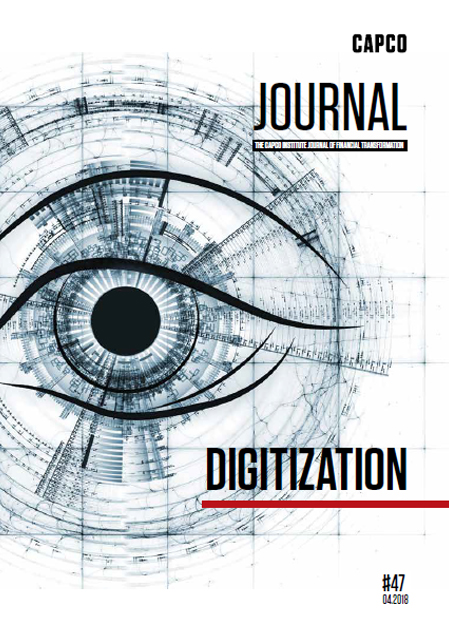Navigating the digital economy has become a central component of daily life – for consumers and service providers alike. The sweeping transition from the physical to digital world has fundamentally altered the ways in which organizations transact with each other, with customers, and with regulators. This has given rise to an array of new economic possibilities, increased disintermediation, and improved user experience.
Digital technologies allow people and entities to complete high-value transactions, often without ever physically interacting. With that convenience, however, comes a key question – in a digital world, how do you know that someone is who they say they are? And beyond that initial verification, how can organizations make the critical decision to trust their counterparty? Establishing a degree of assurance that someone actually is who they are expected to be, and will do what they are expected to do is an analog problem thrown into sharp relief by the volume, velocity, and complexity of modern transactions.
The digital economy has a digital identity problem. Even though identity processes are at the core of nearly every transaction individuals and institutions undertake, most identity use cases still rely on legacy paper-based credentials. These are expensive, unsecure, and will become increasingly difficult to keep compliant as new data protection regimes emerge. For financial services institutions in particular, making effective use of digital identities is both a persistent challenge and a unique opportunity. A number of innovative models have begun to emerge to more efficiently create, verify, authenticate, and federate identity information. These distinct digital identity processes lay the foundation for enduring trust with consumers, reliable compliance with shifting regulatory regimes, and continued relevance in our brave new connected economy. Moreover, as established organizations in a highly regulated, identity-centric industry, financial institutions are uniquely positioned to drive the development of across-sector identity ecosystem to address both current and future digital identity challenges.
